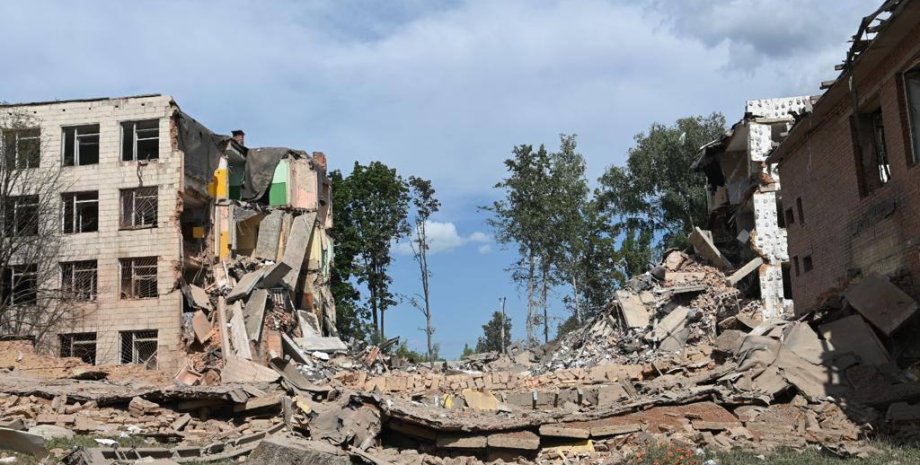
 By Eliza Popova
By Eliza Popova
On the frames, the Russian aircraft makes a maneuver in the air, showing its weapons, including R-77-1 rockets. Although it is unknown at what locations the maneuvers of Russian fighters occurred, it is possible that this type of weapon can be used during the Russian-Ukrainian War. This is indirectly hinted at the characteristics and capabilities of the Russian rocket.
The P-77-1 rocket is the result of a deep modernization of the previous generation of the previous generation P-77 (RVV-AE) and was developed primarily for placement on the Su-35C fighter and Su-34 bomber on the Su-35C fighter. The P-77-1 is intended for damage to air goals in difficult interference and maneuverable combat.
It is equipped with the active radar head of the self-introduction (GSN) of the X-band 9B-1103m-200Pa/PS, which allows to effectively accompany targets with a small effective scattering area (EPR). The rocket aerodynamic scheme includes lattice steering wheel, which provides high maneuverability - the angular velocity of the turn reaches 150 degrees/s. In this case, the distance of the lesion is up to 120 km, which allows Su-30cm to attack goals outside visual detection.
Also, the active GSN of ammunition, according to Russian sources, allegedly provides P-77-1 the possibility of intercepting in the anterior hemisphere of the Air-Air-20d Amraam Air-Air and Air-204 missile missiles MIM-104 Patriot complexes, although these statements are virtually not justified. In the Russian media, there was also information that the R-37M rocket (RVV-BD), designed to damage the air targets on a range of up to 300 km, can enter the Arsenal Su-30cm.
Unlike P-77-1, this rocket uses an inertial guidance system with correction from the onboard radar of the carrier, and on the final area of the flight goes to an active radar GSN. RVV-BD has the ability to attack targets outside the radio horizon and is designed to destroy strategic bombers, DRLV aircraft and other high-critical objects.










All rights reserved IN-Ukraine.info - 2022